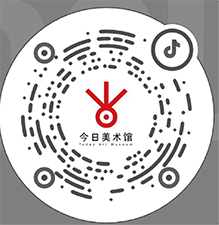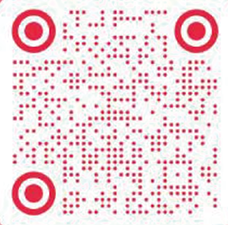Duration: 2013.06.16 -- 2013.06.23
Location: 2nd floor exhibition hall of building No.3, Today Art Museum
Cai Guangbin's recent works fall into two categories: those portraying in ink and wash snapshots of people themselves taken with cell phones, and those depicting in ink and wash images of other people or scenes taken with cell phones or cameras. When we look at Cai's path of art creation, it is not hard to see that the ingenious use of cell phone snapshots is a major feature in his recent works. These images may be rather amateur to the eyes of a professional photographer. They are often shaky or over exposed. Nonetheless, the use of these images reminds us of something else: the phenomenon of ubiquitous snapshooting with the cell phone, and the fact that the era of technology has turned many of us into "addicts to images". At the judgement board meeting of this year's Art China Award, renowned photographic critic Li Mei made the bold prediction of the arrival of the era of cell phone photography. Cai Guangbin's new inspiration and new technique from the phenomenon of cell phone photography is very valuable to us. I am especially intrigued by his latest series of works. I suggested that Cai name this exhibition simply "Self Shooting" to create a distinct devision from his earlier works. It is a pity that the quantity of his new works is not enough for a solo exhibition. A tight schedule made it impossible to create more works to enrich the series. We finally titled the exhibition " Selves?and?Snapshots?of?the?Others" after discussion. I believe the audience will grasp the connotation we are trying to convey.
The works of Cai are diverting from the formats and norms of traditional ink and wash painting in both the way he addresses the object and the forms of expression. In the former aspect, he does not construct his image on the basis of memory after observation of the object. Images taken with cell phones and cameras are boldly used instead. In the latter aspect, Cai does not express through traditional language of ink strokes trying to create a two-dimensional and quasi-abstract image. His technique is a brand-new expression with boneless painting method. To quote Mr. Liu Xiaochun, he has founded his own new methodology in art creation. Furthermore, he has successfully developed a new possibility that is inherent in ink and wash materials but unimaginable to the standards of our ancestors. It seems that there is still much potential in ink and wash materials worthwhile for us to explore. Besides, this process provides us with a framework to seek a resolution to the much concerned issue of Chineseness. It is by no means to assume that painting in the traditional man of letters style is Chinese while working with new techniques is not Chinese. Chineseness is an evolving concept which requires creative input of generations and generations of artists, rather than sitting on the accomplishment to guard it.
Cai Guangbin's art exploration completely overthrows the selection of topics, formats of artistic conception and methods of expressive brushstrokes of traditional ink and wash, realistic ink and wash and abstract ink and wash. This will inspire other artists and trigger more new endeavors. I expect to see that the collective Chinese contemporary ink and wash art achieves a higher niveau of accomplishment.
Today Art Museum, Building 4, Pingod Community, No.32 Baiziwan Road, Chaoyang District,Beijing. Tel: 010-58760600
Opening Hours:10 am - 6 pm: closed every Monday and during Spring Festival(2.13-2.23).
© 2005-2023 Today Art Museum
京ICP备13015009号-1
Tech Support:Today Digital Art Museum











